Not every new building pops up on a blank canvas. Sometimes, architecture walks into a room that already has a story. A street, a wall, a neighbor that’s been standing there silently judging every newcomer since 1872. And now? Something new is about to move in next door. 🥸
This is where the architects don’t just design. They negotiate. They step into a very long, very dramatic, almost Turkish, soap opera between the past and the future and try not to mess it up.
It’s not about nostalgia. No! It’s not about chasing the next flashy trend either. It’s about showing time. Making it visible. Like “Hey! Here’s what the 1800s were thinking and could handle and here’s what we’re thinking now.”
There are common strategies. Here are four main ones we often see.
Think of them like four personality types trying to introduce themselves to an old neighborhood.
Imitation
This is the new kid who tries way too hard to blend in. “Don’t mind me! I also wear corsets and use horse-drawn carriages!” It copies the materials, the proportions, the details, the everything. And sure, it might look like it belongs. But the moment you get closer, something feels off. Like wearing a vintage dress from Temu. Looks old, but the stitching tells another story.
It’s comforting, yes. But it’s a lie. And liars don’t last long in this old neighborhood darling! 😂
Harmony
This one gets it. It doesn’t copy, it listens. It respects the scale, the materials, the rhythm of the street... Then gently whispers, “Hey, I’m new here.”
Like that one friend who blends into every group without trying too hard.
The new building fits into its context without copying it. It respects while clearly showing it belongs to the present.
This approach does not try to hide or dominate. It allows old and new to coexist in balance. When done well, it feels natural and confident, without trying to be superior.
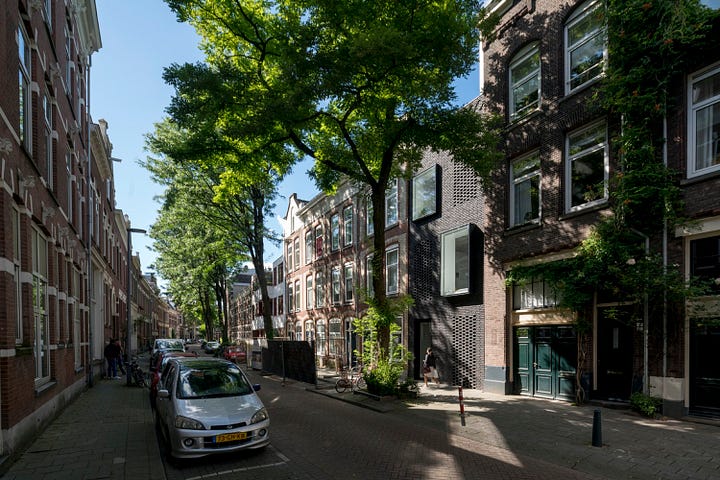
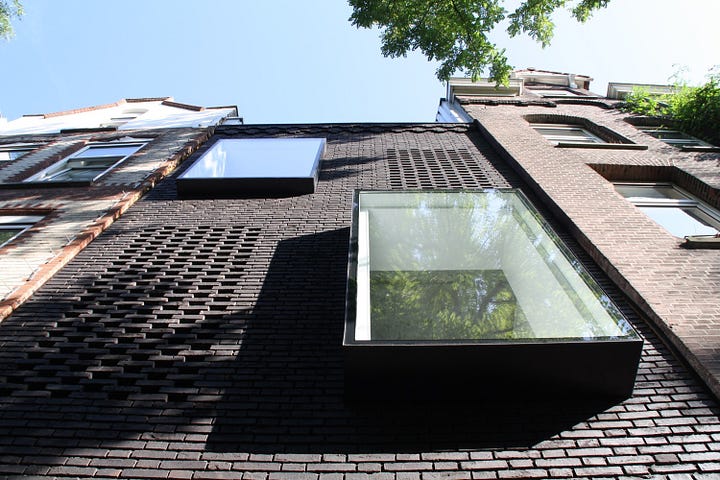
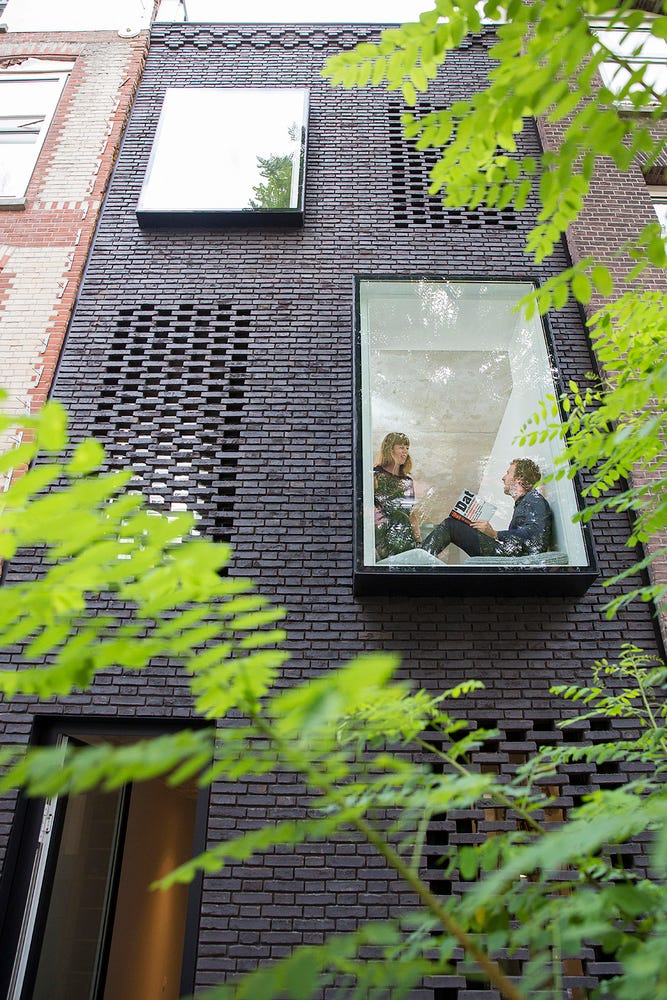
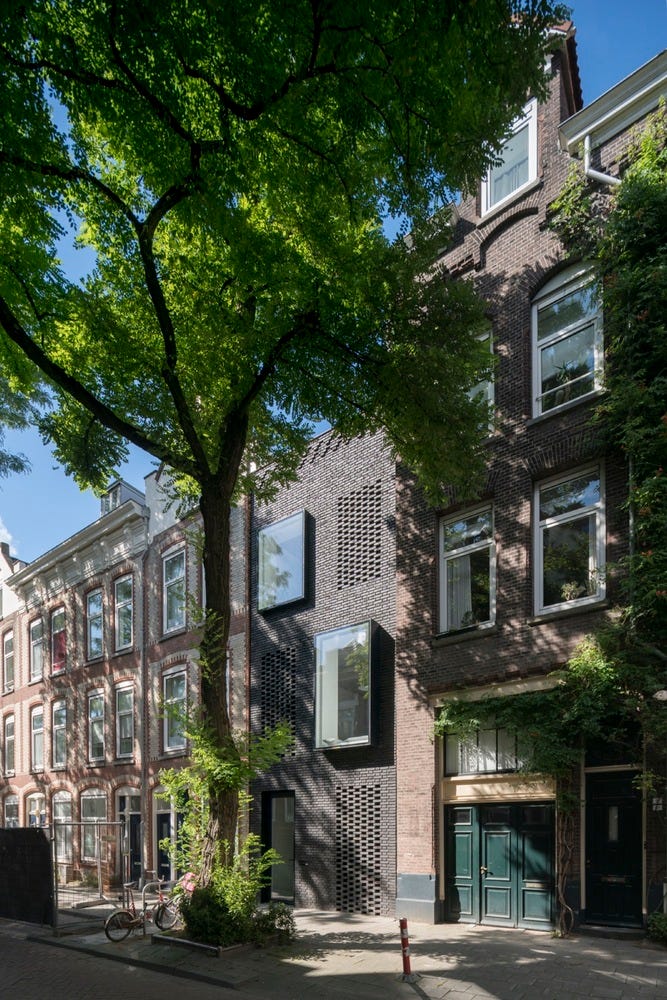
In this project, the architect used brick but not the same brick. A slightly different shade, a different texture. Just enough to say I belong here, but also don’t mistake me for your great granpa’s chimney. The windows? Clearly contemporary. Bigger panes, thinner frames, modern tech but their proportions still nod politely to the neighbors. “We know where we are,” they seem to say, with a smile and no fake accent.
Balanced. Confident. Quietly charming. The kind of building that doesn’t raise its voice but still gets everyone’s attention.
Respectful Contrast
Now we’re getting interesting. This approach says, “I see you, and I respect you... But I’m not truly one of you. AND IT’S OKAY!”
It echoes the rhythm of the street or the roofline. But then it throws in a little eyebrow raise and says, “Let’s not get too sentimental.”
In architectural terms, it might reference the rhythm or tones of nearby buildings, but its form, materials and expression make it clear that it belongs to another era. 💁♀️
This project aligns with the neighboring building in form. The architect chose Corten steel, a material whose warm tone echoes the surrounding brick.
This type of steel ages gracefully, like the street it sits on, but the details? All sharp, minimal, contemporary. No historical cosplay here.
It’s like wearing a perfectly tailored modern suit in a room full of vintage waistcoats. Not rude, not shy. Just sure of itself.
Radical Contrast
And now… The rebel! This one walks into a 19th-century dinner party wearing metallic shoulder pads and holographic boots. No attempt to fit in. No apologies.
It’s all about a strong visual separation. The new building does not aim to fit in. It deliberately opposes the historic structure to make both more visible and more honest.
This building literally lands on top of an old one. Glass and steel crashing down like a spaceship. It doesn’t even try to harmonize. Instead, it grabs the megaphone and screams: I am the future. I’m not here to blend in. I’m here to be seen.
It doesn’t alter the historic building underneath. It just adds something so alien, so visually loud, that the contrast becomes the point. And whether you love it or hate it, you’ll definitely talk about it.
Do I love it? Not really. But do I respect the guts? Oh yes. Because it’s not lying. It takes a stand. And in a world of people-pleasers, that’s rare.
But again. I don’t like it. There are many amazing examples of this kind of contrast out there, (for me) Antwerp Port House is just not one of them.
Architecture Is Not Just Physical. It Is Cultural.
Every intervention in a historic setting is making a statement. It’s not just about façade or material. It’s about memory. It’s about how we carry the past forward without pretending we are the past.
Architects don’t just sketch forms. They write stories in a very special language. And the buildings? They talk. Constantly. (Oh! Stohhhp it! I’m super poetic now. 😂)
So, the real question is:
When something new walks into an old neighborhood… Will it lie? Will it whisper? Will it flirt? Will it boldly crash the party?
There’s no single answer. But here’s what I believe: Architecture is a language. Buildings are always talking. And if you’re not an architect, if you try and learn the language, you can finally stop making awkward small talk and start throwing ideas like you’re writing a philosophy thesis.
Sincerely yours in poetic chaos and architectural judgment,
Mine Kavasoğulları
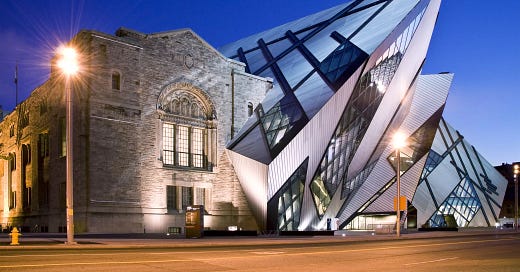



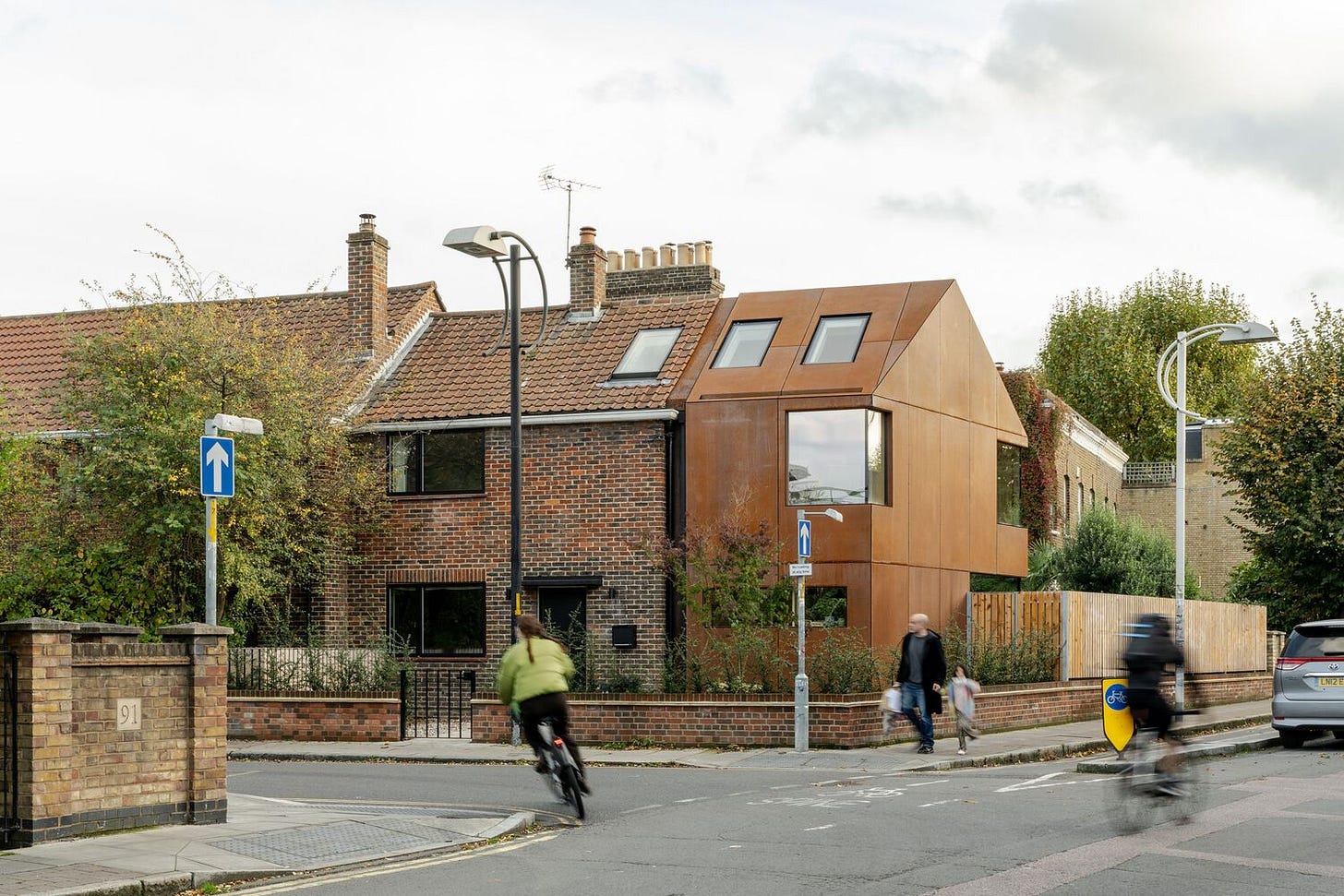
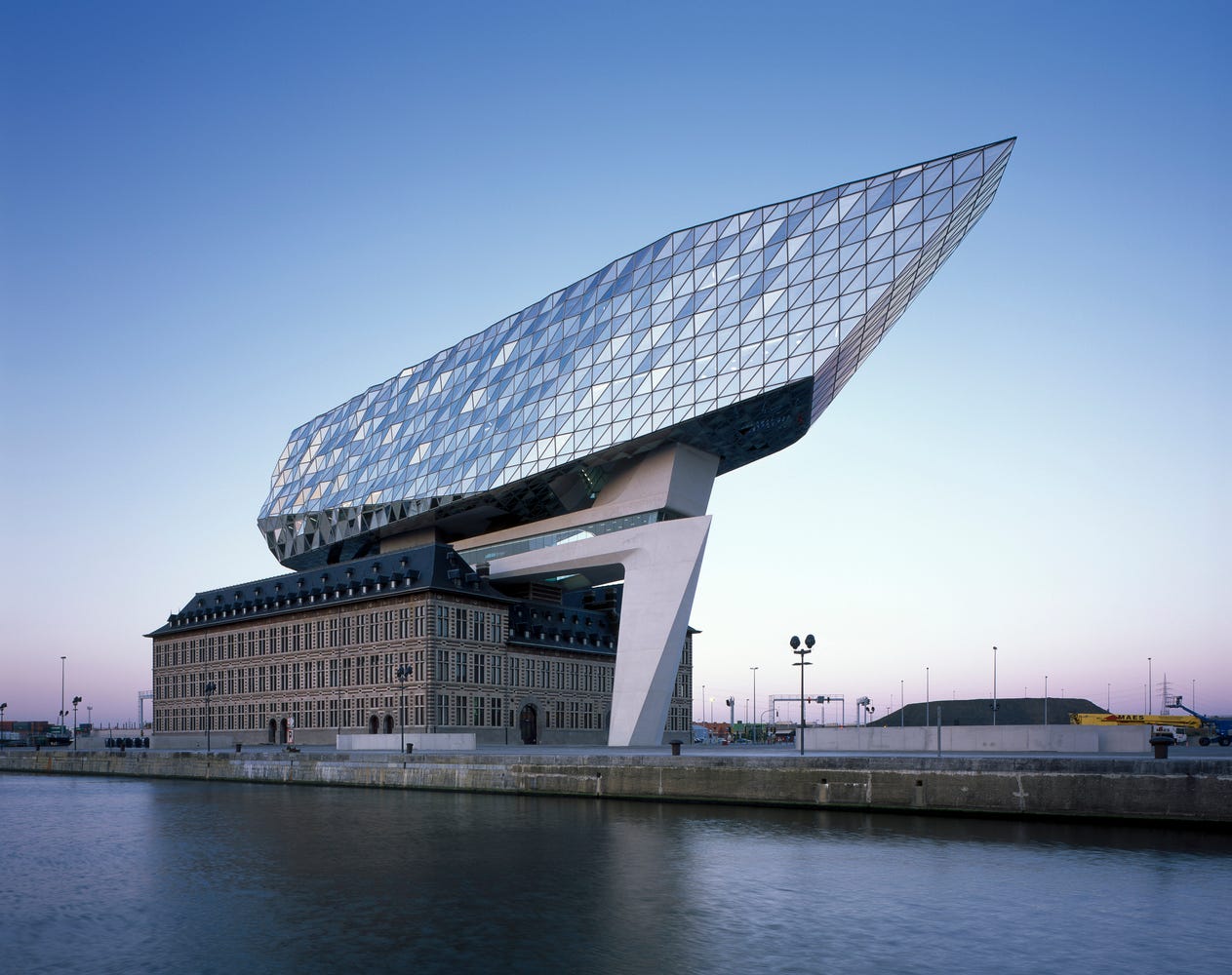
I’m not an architect nor in the business but I love to follow you and learn and look around with educated eyes. Thanks!